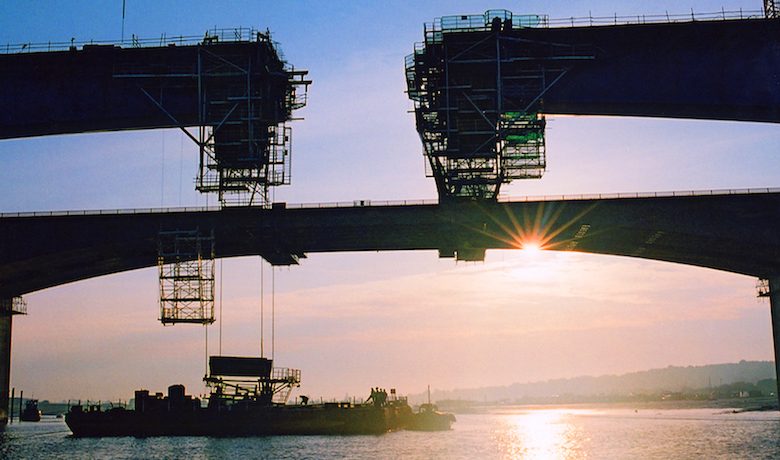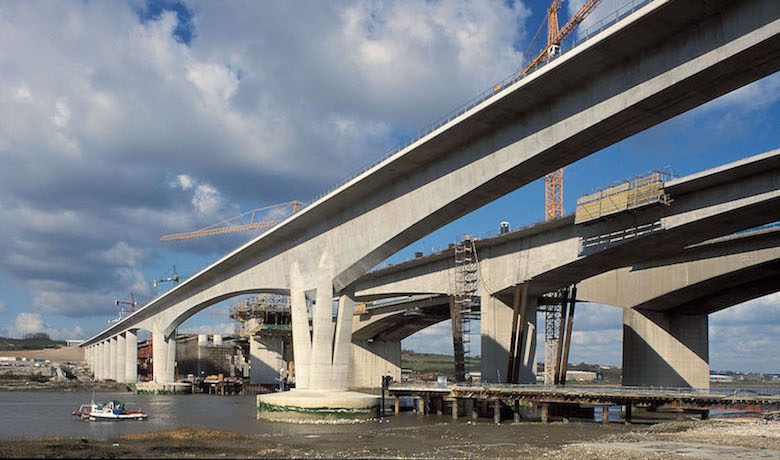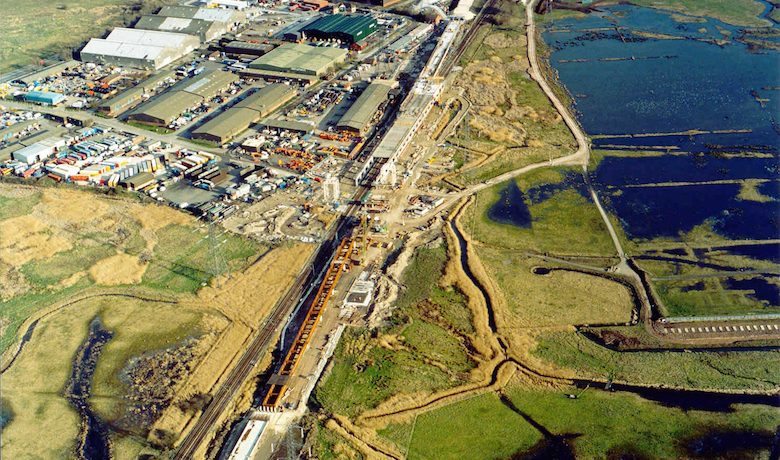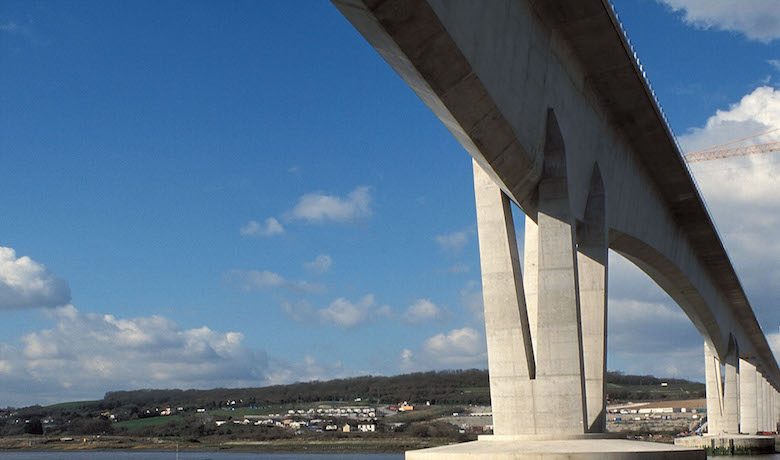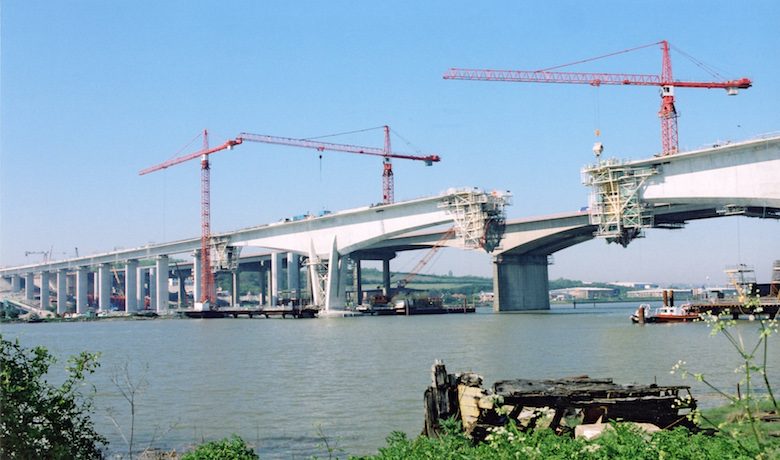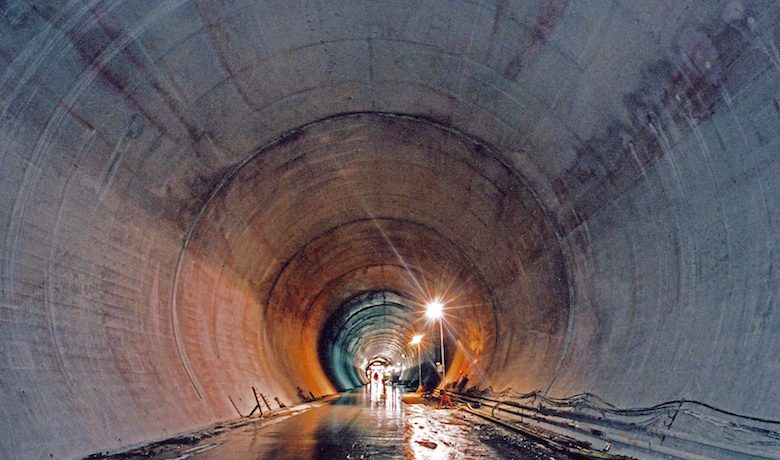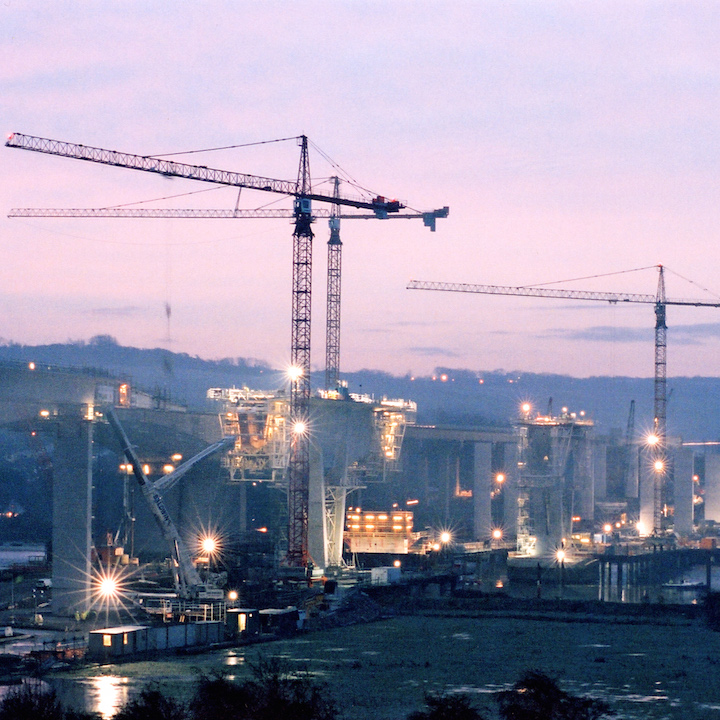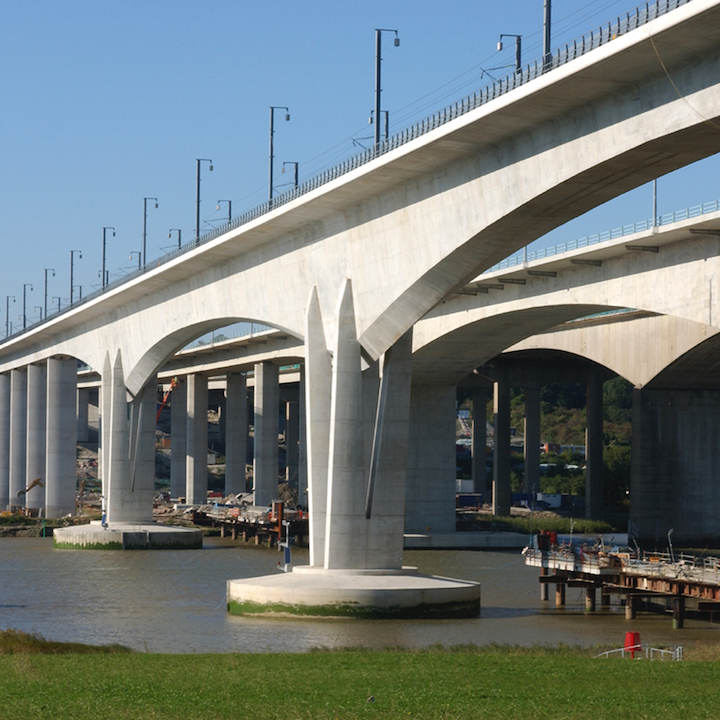BACKGROUND
In France, the high-speed rail line linking Paris to the Chunnel (with trains reaching speeds of up to 300 kilometres an hour) was opened for service shortly before the opening of the Chunnel in 1992. Its extension to the border with Belgium was opened in 1997. At the time in Great Britain, Eurostar was still using the existing rail network. These trains, which did not stand out from local railway traffic, reached a top speed of about 160 kilometres an hour, which did not make them very attractive to potential Eurostar customers.
In 1992, Union Railway Limited, a British Railways agency, was created to carry out preliminary studies and prepare the calls for tenders for studies and design, funding, construction, operation, and maintenance of the line. In 1994, four consortiums were invited to submit bids. Finally, it was London & Continental Railway that was selected in 1996. This gave us an opportunity to work with Morgan Sindall (known as Morgan Est back then), with which we also worked on the tunnels for the new Heathrow Airport T5 terminal and with Beton und Monierbau for the conventional tunnel portion.


